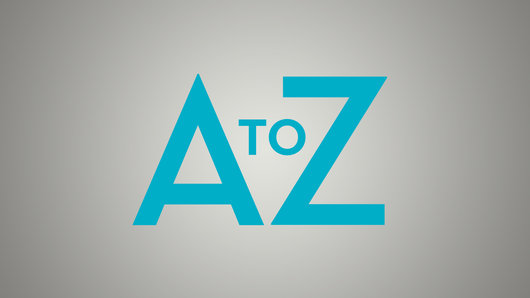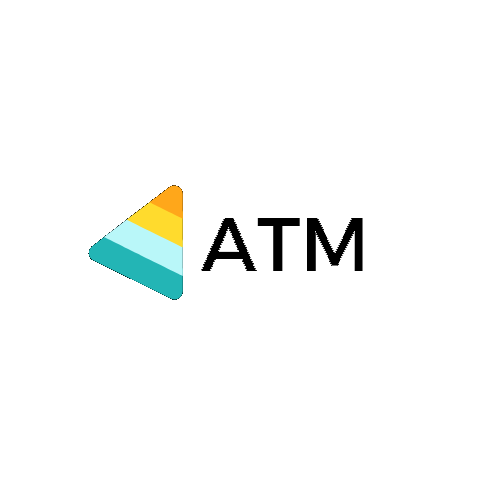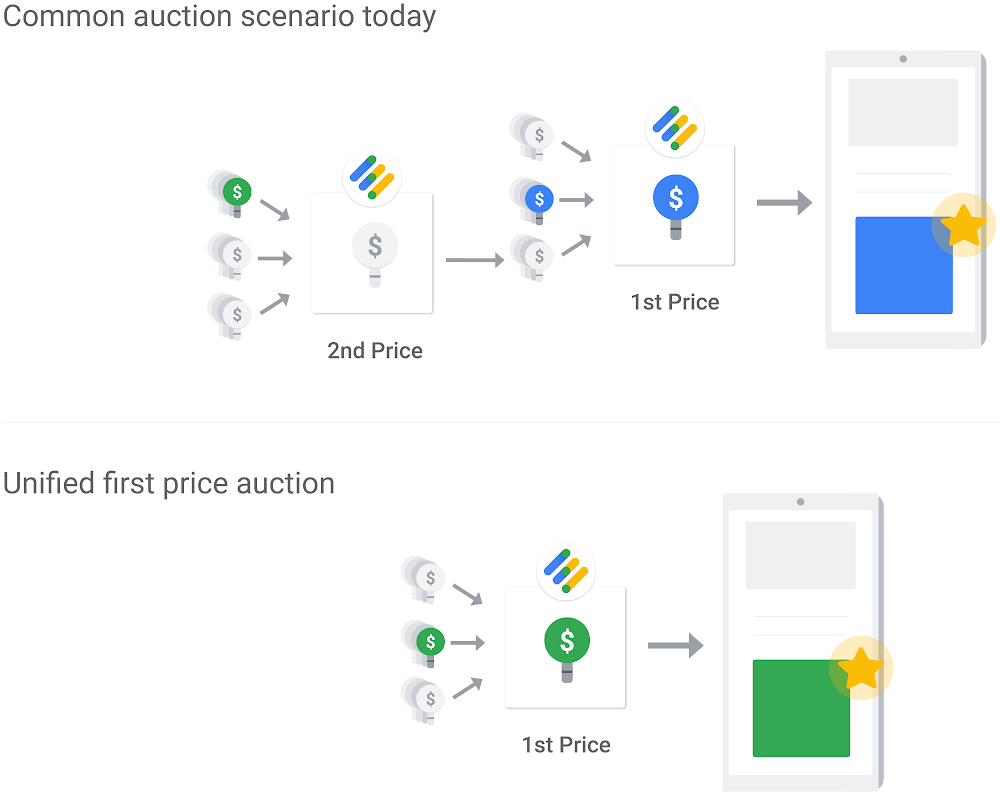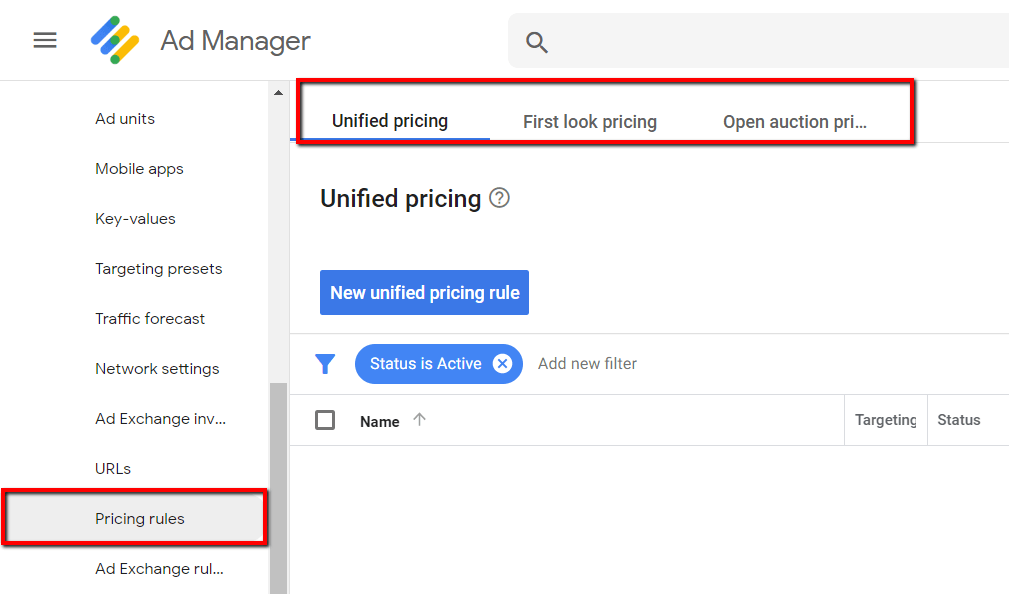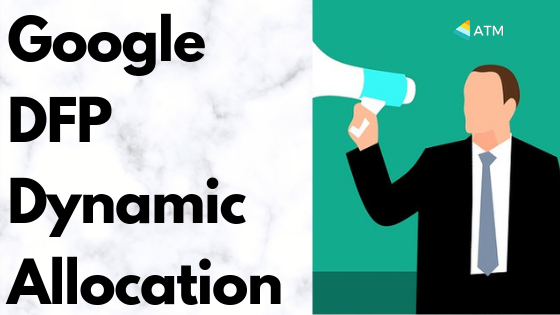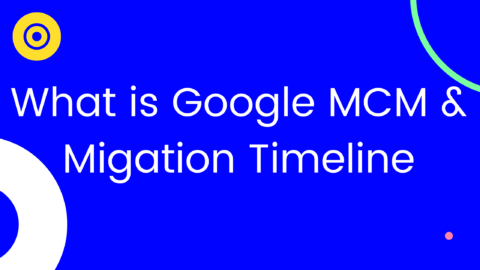Programmatic refers to the automated buying and selling of digital advertising. Buyer and seller software align to create a diverse marketplace. At its most basic, publishers use supply-side platform (SSP) to put their ads up for sale, and advertisers buy those impressions by utilizing a demand-side platform (DSP). This is similar to online marketplaces — like Etsy, Amazon, and Ebay — where there is both a seller view and a buyer view, and they seamlessly work together. To learn more about programmatic, visit Programmatic Advertising Landscape article.
Agency Trade Desk (ATD)
Group of individuals that buy media programmatically on behalf of brands. Either as a sub branch of a larger agency (e.g., PMX) or a brand (e.g., LeDesk), or as a stand alone organization (e.g., Amnet), ATDs often use multiple DSP platforms or a meta DSP platform to purchase inventory. They also layer on data to achieve a specific campaign KPIs.
Application programming interface (API)
Used in computer programming, set stream of code used for building application software or transferring information from one platform to another.
Automated guaranteed (AG)
This is the least common type of private marketplace (PMP), and the most similar to a traditional digital media buy. An advertiser agrees to pay a fixed rate and must take all of the impressions that they are passed through a deal id.
Bid response
A bid response occurs in real-time bidding environments. A DSP platform will respond to a bid request signal sent out by an SSP with a price, and possibly creative specs.
Bid request
A bid request occurs in real-time bidding environments. A SSP platform will send a signal out to a DSP indicating that they have an impression for sale, along with the details about that impression.
Data management platform (DMP)
Software or technology that collects, houses, and sorts information. Buyers and sellers use this data to inform their digital transactions and business practices.
Deal ID
A deal id is a number that is assigned to a specific private marketplace. This number allows a DSP to access an SSPs specific inventory pool of inventory.
Demand-side platform (DSP)
Software or technology platform that enables brands and agencies — the buyers — to identify available digital advertising inventory and buy it through the use of automation. DSPs allow buyers to transact in the open exchange or private marketplaces (PMP), and generally are integrated with third-party data providers and verification partners for targeting and reporting purposes.
Header bidding (display)
Publishers make their display inventory available to multiple demand sources simultaneously in real-time bidding environments without leveraging traditional ad server or SSP technology. They do this by implementing a tag directly in the header of their webpage.
Header bidding (video)
Publishers make their video inventory available to multiple demand sources simultaneously in real-time bidding environments without leveraging traditional SSP technology. They do this through a server-to-server integration with DSPs.
Invite-only auction (IOA)
This type of PMP provides a great deal of control for the publisher or SSP. These PMPs are real-time bidding environments (RTB), and can be one publisher to one advertiser, one publisher to many advertisers, or many publishers to many advertisers. The idea is to create a more exclusive higher performance inventory comparatively to open auction. These PMPs can be organized by content category, demo, or performance.
Network
A network or exchange is often a hybrid of a DSP and SSP and is sometimes referred to as “managed service.” Generally, a set number of impressions are purchased by the network from a publisher or SSP. These impressions are enriched with data and resold to brands and advertisers. The network or platform resells this inventory at a higher price. They are adding value by curating the inventory and/or providing performance guarantees.
Meta DSP or SSP
Combination of multiple DSPs or SSPs primarily used by ATDs. An ATD will create one user interface so they only have to train traders one time, and then will import multiple DSP functionalities through the use of an API.
Pre-bid targeting
This is a predictive data stream that is integrated in DSP platforms. This data allows agency traders to easily target inventory that’s viewable, fraud-free, brand safe or contextually relevant inventory and only bid on impressions that meet their campaign requirements.
Private Marketplace (PMP)
Groups of ads curated by a publisher or SSP based on demographic target, content category, performance, and more. A deal id is then assigned to the group which allows it to be identified and purchased programmatically through a DSP. PMPs are separate from, and more controlled than, an open auction.
There are three types of PMP deals as recognized by the International Advertising Bureau (IAB): Unreserved Fixed Rate (UFR), Invite-only Auction (IOA), or Automated Guaranteed (AG).
Real-time bidding (RTB)
This is a real-time auction that occurs between a DSP and SSP, where multiple traders bid on an impression offer via an SSP through their DSP of choice. The trader who is willing to pay the highest price wins the auction and their brands ad is served.
Supply-side platform (SSP)
Software or technology platform that allows publishers and inventory owners — the sellers — to sell their digital advertising inventory in an automated fashion. SSPs allow sellers to set floor prices in the open exchange, and/or package inventory into more exclusive bundles called PMPs.
Unreserved fixed rate (UFR)
This is the most common type of private marketplace (PMP). The publisher or SSP curates the inventory and sets a fixed price. DSPs can review each impression, and test their first- and third-party data against this pool of inventory, and buy impressions that match their cookie pool or pass the impression to the next buyer.

